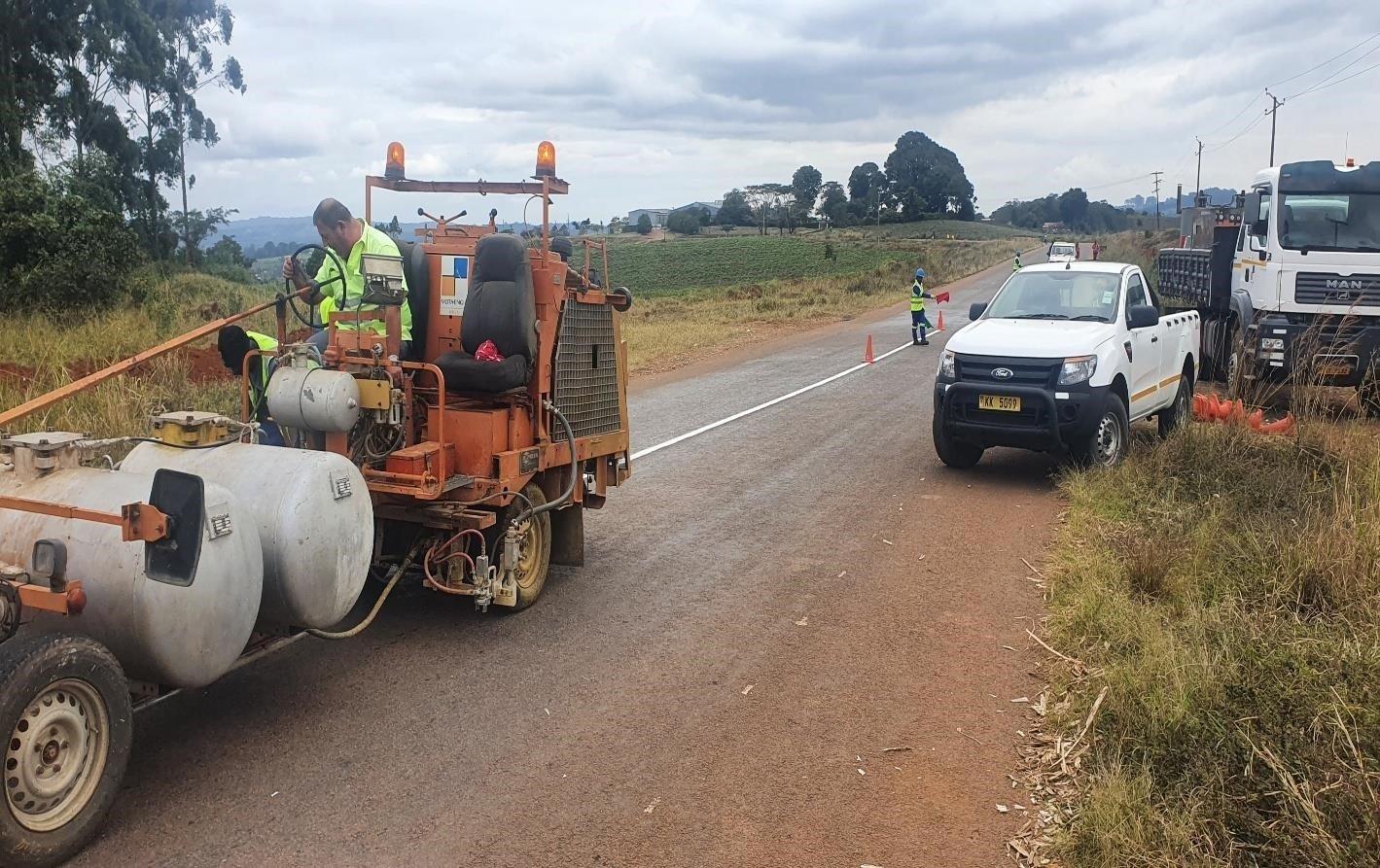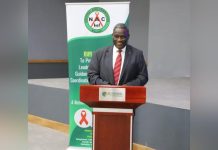
Africa-Press – Malawi. The long-awaited rehabilitation of the M1 Road from Kamuzu International Airport (KIA) junction to Mzimba Turnoff, covering a distance of 301 km, will commence next month, September, 2021, according to the Roads Authority. There has been widespread outcry over its dilapidation, with many saying it is a death trap following rising cases of car accidents.
This is one of the strategic roads, which the Malawi Congress Party (MCP) Government has earmarked for rehabilitation in the 2021/22 financial year. The project is expected cost about K150 billion. Rehabilitation works have been divided into three phases—KIA to Kasungu, 102 km, Kasungu to Jenda, 85.5 km, and Jenda to Mzimba Turnoff, 46.5 km. This project is under procurement and works are expected to commence in September 2021.
President Lazarus Chakwera has said his administration will completely revamp the country’s road network, realizing that road transport is one of the chief contributors to rapid and genuine social and economic development. President Chakwera’s administration has now gone full throttle upgrading strategic roads across that country, commenced construction of new roads as well as completing road projects started during the previous government.
President Chakwera personally believes that the key role of road transport is to provide and improve access to different places for businesses and individuals, for goods and personal movement. For businesses, it is about connections between businesses and their suppliers, between businesses and other businesses, and between businesses and their markets.
Road transport provides people with access to workplaces, schools and shops. It connects them to social, recreational and health facilities, for personal and leisure activities.
The Chakwera administration is also set to rehabilitate, in the current financial year, the Nsipe – Liwonde Road to the tune of K33.14 billion, construction of a Dual Carriageway of the Crossroads – Kanengo with funding from the Chinese Government to the tune of K20.09 billion, and construction of Dual Carriageway of the M001 (junction with Paul Kagame – junction with Lali Lubani) including the new Lilongwe Bridge, funded by the Japanese Government to the tune of MWK24.105 billion.
Other roads earmarked for upgrading in the current financial year include the 45 km Nsanama – Nayuchi, Neno – Mwanza, Ntchisi – Malomo, Chikwawa-Chapananga, Kapiri – Mkanda, Monkey Bay – Cape of Maclear, and Blantyre Bypass. Work has already started on some of these roads while works will commence soon on the others.
Several road projects that are underway and will be completed this year. They include the Lirangwe – Chingale road, Thyolo-Thekerani-Makhanga, Rumphi – Nyika, Njakwa – Livingstonia, Jenda-Edingeni, Nsanje – Marka, Mzimba-Ezondweni – Njakwa, Msulira-Nkhotakota, dual carriageway of the Lilongwe City West Bypass Phase 2 from Gateway Mall to Area 25 up to Kanengo on M1, dual carriageway from the Kaunda Road/Mchinji Road Junction to Chendawaka/Kaunda Junction at Area 25 up to M1/Chendawaka Junction at Kanengo, Chiringa – Muloza, and Ntcheu – Tsangano, among others.
Government will soon rehabilitate, upgrade and construct other roads, including the Dzaleka – Ntchisi – Mpalo – Malomo, Ntcheu – Tsangano – Neno – Mwanza, Rumphi- Nyika- Nthalire- Chitipa, Jenda – Edingeni – Engalaweni – Manyamula – Mzimba, Chikwawa – Chapananga – Mwanza, and Lirangwe – Chingale – Namatunu – Machinga.
The Chakwera administration is committed to building, maintaining and ensuring efficient utilization of the road infrastructure and other services appropriate to meet the current and future development needs of the economy.
This drive includes helping the people in the rural areas to gain access to income generating activities, such as agricultural activities and to social services such as hospitals, schools, among others by providing reliable and durable roads and bridges; thus facilitating the continued development of the country’s rural areas through increased agricultural production, the mainstay of the country’s economy. Disclaimer: The author is the Government Director of Information and writes in his own capacity.





